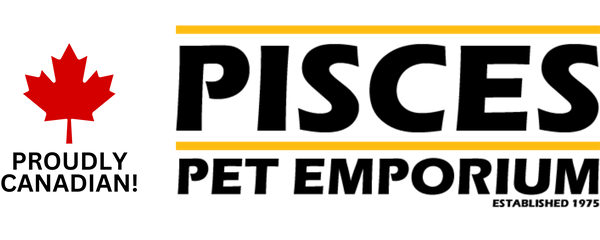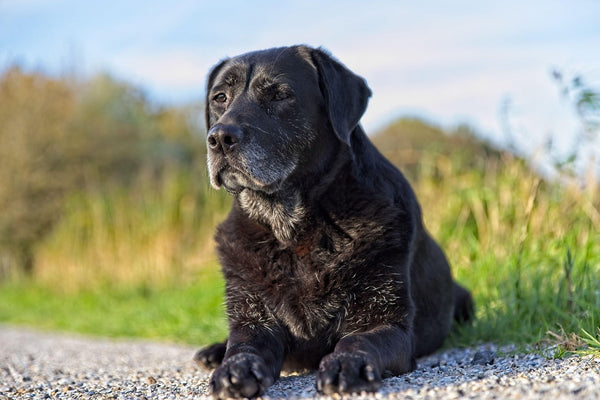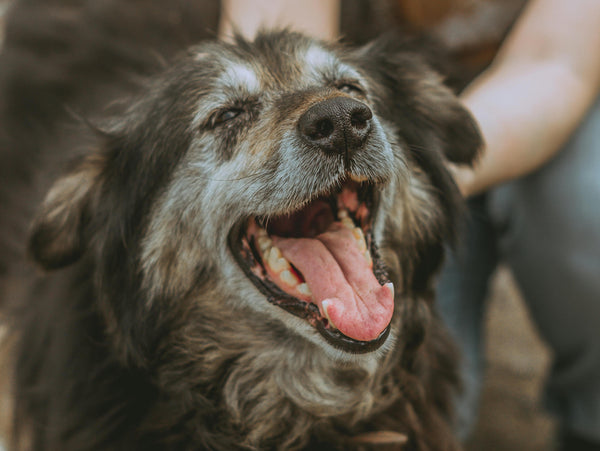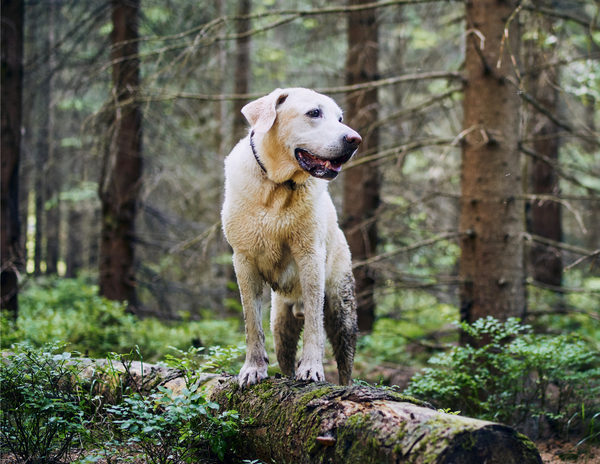Koi fish are a beautiful addition to a backyard pond! Though they require extra equipment and resources to maintain, the payoff is more than worth the extra elbow grease. Koi are relatively easy to keep, if kept in ideal conditions. Unfortunately even experienced pond keepers make mistakes, so here is the Pisces approved guide to keeping koi in your pond!
All About Koi
A koi fish is a species of carp native to Japan. Koi fish are common in the pet trade for keeping in ponds due to their large size. Koi can grow to be up to 36 inches long and can live as long as 50 years! Koi come in a variety of different color morphs, patterning and scalation. Koi are excellent fish due to their peaceful nature and simple diet.
Do NOT Overcrowd!
 Very simple, but very important! It's easy to get excited shopping for koi and buy every fish you fall in love with. Overcrowding is probably the most common error for new koi keeprs and is sure to cause problems. Do not exceed more than 3 lb of fish per 100 gallons of water. Overstocking will result in more polluted water, and a higher chance of disease outbreak. With good water quality, 2 lb (or less) of koi per 100 gallons is a healthy ratio. The less koi per 100 gallons, the more wiggle room you will have for error in your water quality. DO not add more than 2 new koi at one time.
Very simple, but very important! It's easy to get excited shopping for koi and buy every fish you fall in love with. Overcrowding is probably the most common error for new koi keeprs and is sure to cause problems. Do not exceed more than 3 lb of fish per 100 gallons of water. Overstocking will result in more polluted water, and a higher chance of disease outbreak. With good water quality, 2 lb (or less) of koi per 100 gallons is a healthy ratio. The less koi per 100 gallons, the more wiggle room you will have for error in your water quality. DO not add more than 2 new koi at one time.
Aeration is Key
A pond aerator will infuse oxygen into your pond, fish need oxygen to survive. It is very simple! You MUST have an aerator if you want to keep your koi fish alive over the winter months, when the pond freezes on the surface and there is no access to oxygen. Aeration is not only beneficial to your fish, but to your entire pond ecosystem. Nutrients accumulate at the bottom of your pond over time and become muck, that can give your pond a bad odor. Aeration combats muck by increasing the dissolved oxygen and circulating the water. Pisces recommends: Aquascape Pond Aerator.
Water Quality
Maintain a high water quality is vital for the health of your pond fish. In the wild, water changes occur naturally in ponds through the 4 stages of the water cycle. In our man-made ponds, we must simulate this water cycle by conducting water changes. Small frequent water changes are more effective than large water changes once or twice a month. Small water changes will avoid large fluctuation of temperature, which can be damaging to your fish. The less water changes, the higher your ammonia and nitrite levels will be. Keep conditioner on hand at all times, and test your water regularly! Pisces Pet Emporium conducts water tests free of charge! Simple bring in a water sample to our fish department.
Feeding
 Determining the diet & frequency of feeding your koi fish primarily revolves around the water temperate (NOT THE AIR TEMPERATURE!). Over the summer in warmer temperature when the koi metabolism is high, fish can be fed 2-4 times per day. A high protein diet should be given in warm temperatures, Pisces recommends: Saki-Hikari Koi Diet Growth Formula. Koi should NOT be fed in water temperatures over 32C or below 10C, do NOT feed! During the fall/winter months when the temperature drops, so does the koi metabolism. Feedings should be changed to a low protein, and only fed only once a day. Only feed your koi fish as much food as they can eat in 5 minutes. A feeding ring should be used to help monitor the eating habits and keep food from floating away, Pisces recommends: Laguna Floating Feeding Station.
Determining the diet & frequency of feeding your koi fish primarily revolves around the water temperate (NOT THE AIR TEMPERATURE!). Over the summer in warmer temperature when the koi metabolism is high, fish can be fed 2-4 times per day. A high protein diet should be given in warm temperatures, Pisces recommends: Saki-Hikari Koi Diet Growth Formula. Koi should NOT be fed in water temperatures over 32C or below 10C, do NOT feed! During the fall/winter months when the temperature drops, so does the koi metabolism. Feedings should be changed to a low protein, and only fed only once a day. Only feed your koi fish as much food as they can eat in 5 minutes. A feeding ring should be used to help monitor the eating habits and keep food from floating away, Pisces recommends: Laguna Floating Feeding Station.




